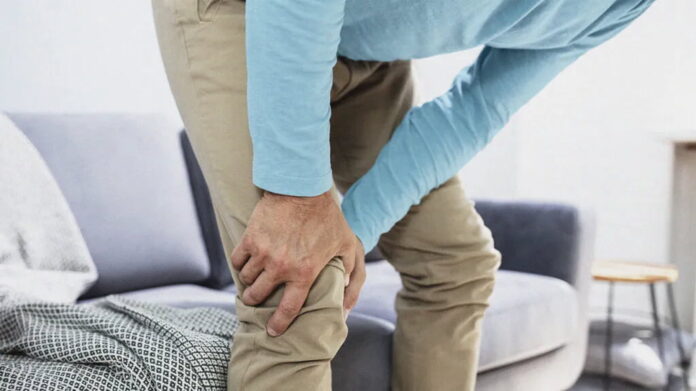Veins are essential components of our circulatory system. They are responsible for returning deoxygenated blood to the heart for oxygenation. However, when damaged, they can cause pain and affect the quality of life. In this article, we will discuss the warning signs of venous problems. We will tell you when to seek help from a professional and the treatment options available.
What Are Venous Issues?
Venous problems refer to any condition that affects the veins. These conditions can range from mild to severe. The most common venous problems are
– Varicose veins
– Spider veins
– Deep vein thrombosis (DVT)
– Chronic Venous Insufficiency (CVI)
These conditions can cause symptoms such as pain, swelling, and skin discoloration. If you have any of these symptoms, visit a vein clinic. You can find vein specialists at these clinics who can diagnose your condition.
What Are The Causes of Venous Issues?
Several factors can cause vein problems, including
– Genetics: If you have a family history of vein problems, you are more likely to develop them.
– Age: As you age, the valves in your veins can weaken. This deformation can cause blood to back up and pool in your veins.
– Pregnancy: During pregnancy, pressure on the veins increases, leading to vein problems.
– Obesity: Excess weight can put pressure on the veins. This increased pressure can weaken veins and lead to vein problems.
– Prolonged standing or sitting: Lack of movement can cause blood to pool in the veins and lead to vein problems.
Prevention
Some risk factors for vein problems, such as genetics, cannot be modified. However, you can take some steps to prevent future problems. Regular exercise and maintaining a healthy weight can prevent vein problems from developing.
Warning signs of venous issues
Knowing the warning signs of venous problems is essential to seek professional help. Some of the warning signs are:
– Visible veins: Visible veins that are bulging, twisted, or swollen under the skin. These could be varicose veins or spider veins.
– Pain in the legs: Persistent pain, especially when standing or sitting for a prolonged period.
– Swelling: A blood clot or CVI can cause swelling of ankles, feet, or legs.
– Skin changes: Skin changes such as discoloration, thickening, or redness. These may be a sign of chronic venous insufficiency.
– Ulcers: Ulcers that do not heal or recur, especially around the ankle or shin. It can be a sign of advanced venous disease.
– Chest pain or shortness of breath: They could result from a blood clot that has moved to the lungs.
– Open wounds or bleeding: The accumulation of blood weakens the walls of the veins. This can cause increased pressure in the veins and cause them to rupture.
– Numbness or tingling: These symptoms occur in the affected legs and are usually more recurrent at night.
– Sudden loss of vision or severe headaches: These could be symptoms of a blood clot in the brain.
When to Seek Professional Help?
If you experience any of the above symptoms, visiting a vein specialist is a good idea. They will determine if you should be screened for venous disease. Also, if you have a family history or work standing or sitting for long periods, you may be at increased risk for venous problems. You may want to talk to your doctor about your risk factors.
Medical professionals like vascular surgeons or phlebologists can diagnose and treat vein problems. They may perform a physical exam, ultrasound, or other imaging tests to diagnose your condition.
Treatment Options Available
Treatment options for venous problems depend on the severity and type of condition. Some of the treatment options available are:
– Compression stockings. Compression stockings can help improve blood flow and reduce swelling.
– Sclerotherapy. Sclerotherapy involves injecting a solution into the affected vein. This solution causes the affected vein to close and disappear.
– Endovenous laser treatment (EVLT). EVLT is a minimally invasive procedure that uses laser energy to treat the affected veins.
– Radiofrequency ablation (RFA). RFA is a minimally invasive procedure that uses heat to treat varicose veins.
– Phlebectomy. Phlebectomy is a surgical procedure that involves stripping the affected veins. The physician makes small incisions to remove the veins.
When Should Surgery be Considered for Vein Issues?
Only a vein specialist can recommend surgery to treat your vein problem. Surgery may be necessary if your vein issues are severe and do not respond to traditional treatments. Also, surgery may be the best treatment option if you have ulcers or blood clots.
Conclusion
Seeking professional help for vein problems is crucial to ensure you receive the proper treatment. Do not hesitate to make an appointment at a Vein clinic if you experience any of the above symptoms. Remember that early detection and treatment can significantly improve your health and quality of life. So take care of your veins, stay active, and consult a medical professional if you are concerned about your vein health.

